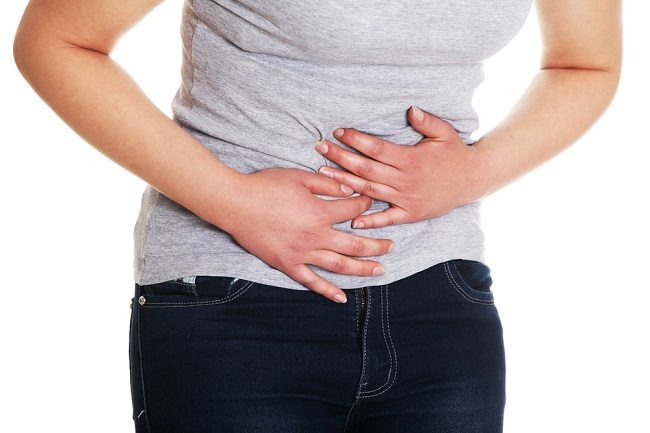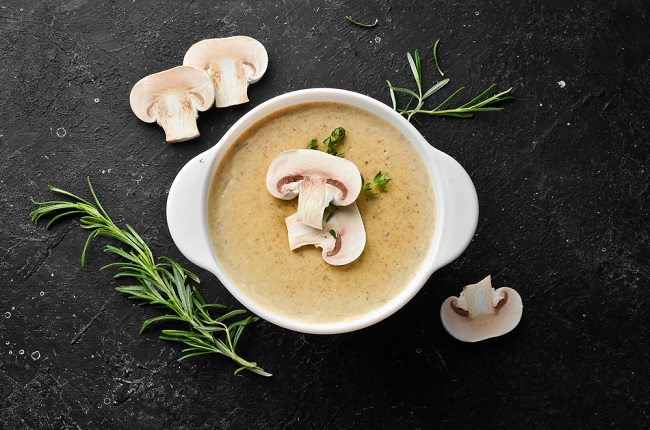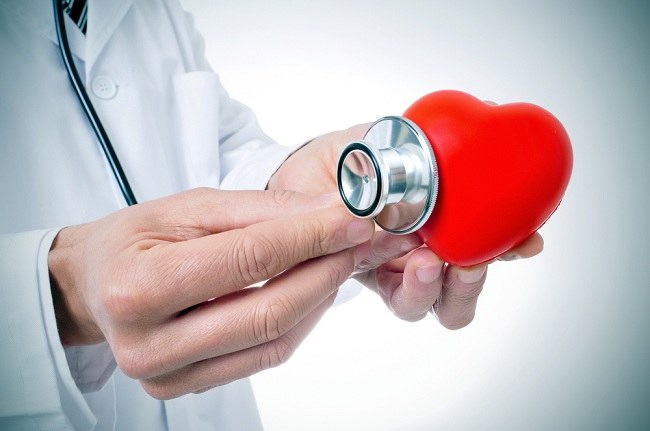Polymyositis is inflammation of several muscles. Polymyositis is characterized by muscle weakness. This condition affect the work of muscles throughout the body.However, some of the muscles most commonly affected by polymyositis are the muscles of the shoulders, thighs, and hips.
Women and people aged 30–60 years are the group at risk of suffering from polymyositis. People with polymyositis usually have difficulty reaching things, lifting weights or objects, climbing stairs, and changing positions, for example from sitting to standing.

Until now, polymyositis can not be cured. Treatment of polymyositis aims to improve muscle strength and function.
Causes of Polymyositis
The exact cause of polymyositis is not known. However, this condition is thought to be related to heredity.
In addition, polymyositis is also often associated with autoimmune diseases. This condition occurs when the body's immune system attacks healthy muscle tissue, causing inflammation. However, this still needs to be proven further.
Symptoms of Polymyositis
A common symptom of polymyositis is weakness of the muscles on both sides of the body (right and left). Weakness is especially felt in the muscles of the neck, shoulders, back, thighs, and pelvis. In addition, polymyositis can also be characterized by other symptoms, such as:
- Muscle pain and swelling
- Joint pain
- Fatigue
- Fever
- Difficult to swallow
- Weight loss
- Shortness of breath caused by heart and lung disorders
- Raynaud's phenomenon, which is a blood flow disorder characterized by the fingers or toes turning cold and turning pale
Inflammation of the muscles that can cause complaints or symptoms on the skin, such as the appearance of a red or bluish rash. This condition is known as dermatomyosis.
When to go to the doctor
Check with your doctor if you experience the complaints or symptoms mentioned above, especially if you have a previous autoimmune disease. A doctor's examination needs to be carried out to determine the cause of the complaints you are experiencing, so that the treatment given is appropriate and effective.
If you are diagnosed with polymyositis, have regular check-ups according to the schedule given by your doctor. This aims to monitor the condition of the disease and your body's response to the drugs given by the doctor, as well as to prevent complications.
Polymyositis Diagnosis
Polymyositis is sometimes misunderstood as muscular dystrophy because of the similarity of symptoms and complaints. To make a diagnosis, the doctor will ask questions about the complaints and symptoms experienced by the patient, then perform an examination to assess the patient's muscle strength.
To confirm the diagnosis of poliomyositis, the doctor will perform the following investigations:
- Blood tests, to detect muscle tissue damage through increased enzymes creatine phosphokinase (CPK) and to assess elevated levels of certain antibodies
- Scan with MRI, to see the condition of the muscles and assess whether there are signs of inflammation in the muscles
- Electromyography, to see electrical activity in muscles
- Muscle biopsy, which is taking a sample of muscle tissue and examining it with a microscope, to determine the presence or absence of abnormal cells or tissue, including signs of inflammation in the muscle
Polymyositis Treatment
There is no cure for polymyositis yet. Treatment is done to relieve complaints and improve muscle strength and function. The type of treatment for polymyositis depends on the age, symptoms, and condition of the patient.
In the treatment of polymyositis, patients may undergo more than one treatment method. Treatment options can also change over time. This will be adjusted to the patient's condition. In general, some methods of treating polymyositis are:
Drugs
Administration of drugs aims to overcome inflammation or relieve complaints of polymyositis. Some types of drugs that can be given are:
- Corticosteroid drugs, to relieve complaints and overcome inflammation
- Immunosuppressant drugs, such as azathioprine and methotrexate, to suppress or inhibit the immune system
- Intravenous of immunoglobulins,to help inhibit the activity of the immune system that damages muscle tissue
Physiotherapy
Physiotherapy is a variety of exercises that focus on strengthening muscles. Physiotherapy is useful to restore the function of movement that is reduced due to polymyositis.
In addition to undergoing treatment from a doctor, people with polymyositis are also advised to rest, compress the inflamed part with warm water, and use a corset or brace (braces). This aims to relieve complaints and help muscle movement.
Complications of Polymyositis
The muscle weakness that occurs in poliomyositis can get worse over time. This can hinder the activity of the sufferer. In addition, polymyositis also increases the risk of developing the following diseases:
- Infection
- Respiratory disorders, such as interstitial lung disease, pulmonary fibrosis, or aspiration pneumonia
- Heart problems, such as heart rhythm disturbances, pericarditis, heart failure, or heart attack
- Dysphagia
- malabsorption
Prevention of Polymyositis
Polymyositis is difficult to prevent because the cause is not known with certainty. In some cases, avoiding certain medications is the best way to prevent polymyositis. Make sure to always consult a doctor first before using any medications.









